What is the most important element?
Carbon!
What is the function of a chloroplast?

Photosynthesis!
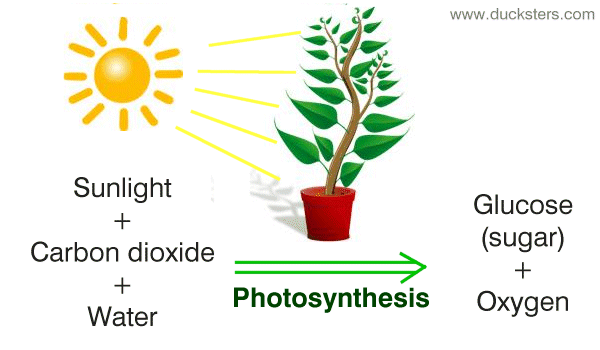
Write the complementary DNA strand:
A T G C C T A
T A C G G A T
What is an example of mechanical digestion?
Teeth chewing
Stomach muscles
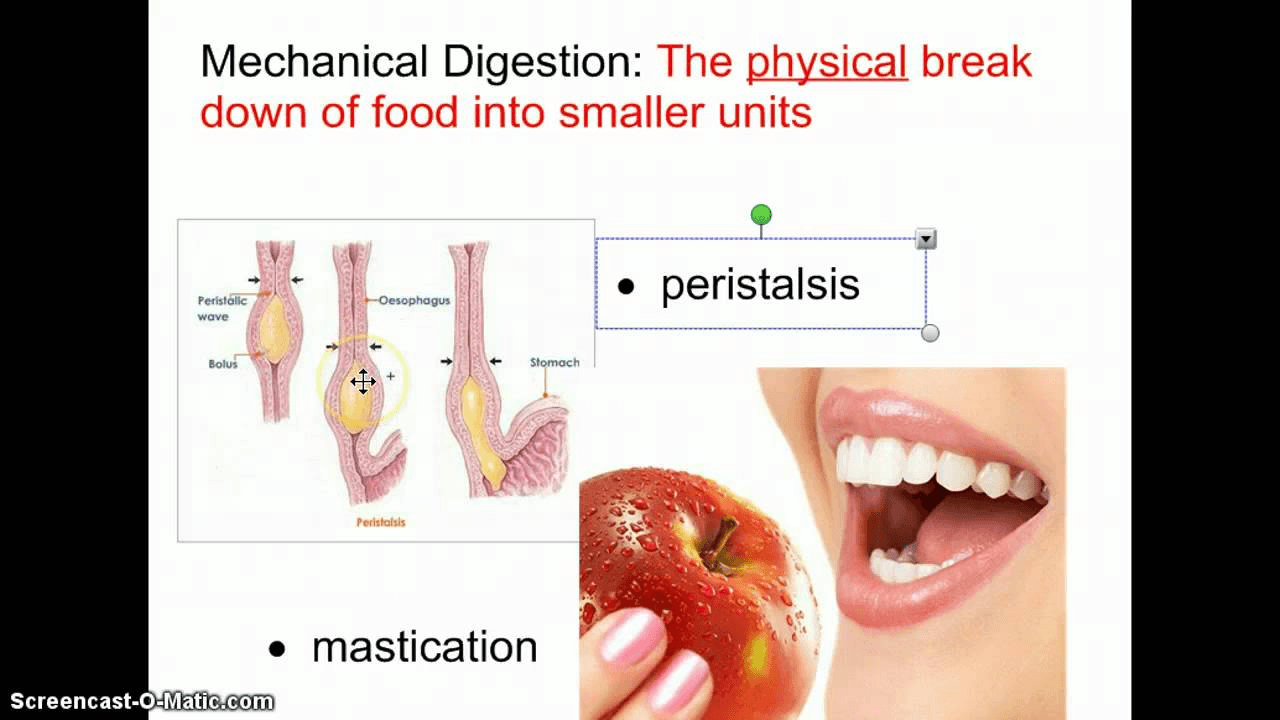
What is natural selection?
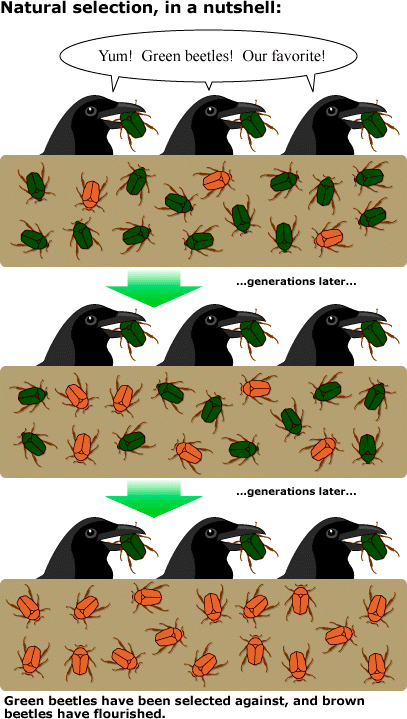
Natural selection is when some organisms are better able to survive and reproduce.
What is it called when water evaporates from a tree?
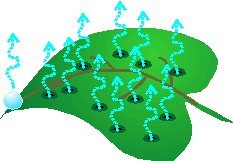
Transpiration
What is the function of a carbohydrate?

Fast energy!
What is the main difference between prokaryotes and eukaryotes?
Prokaryotes have no nucleus.
Eukaryotes have a nucleus.
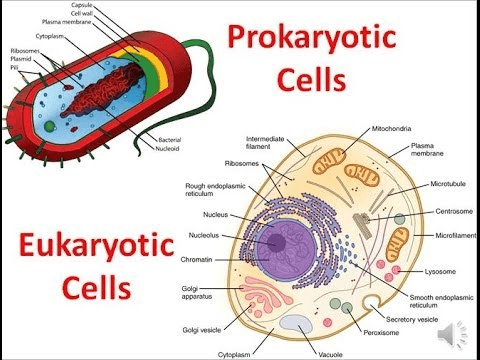
Is AUGCGA DNA or RNA?
RNA because it has U!
What parts of the respiratory system and the circulatory systems are involved in gas exchange?
Respiratory system- alveoli
Circulatory system- capillaries
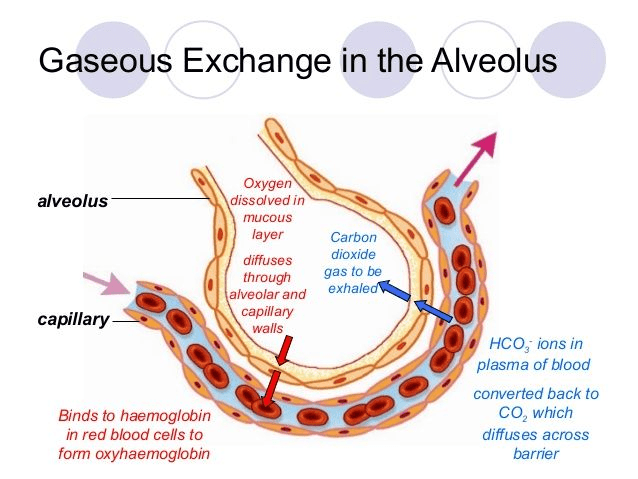
What is a species?
Two organisms in the same species can produce ______________ .
Two organisms in the same species can produce fertile offspring.

What process increases the amount of oxygen in the air?
Photosynthesis
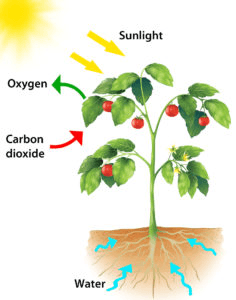
What is the function of a lipid?
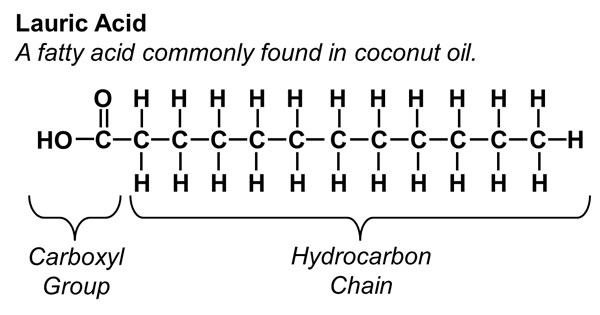
Store energy. Long term energy.
What part of the cell makes proteins?
Ribosomes!
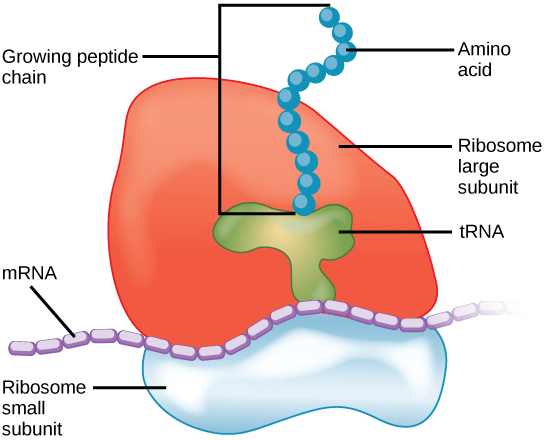
What is the difference between transcription and translation?

Transcription occurs in the nucleus. Translation occurs in the cytoplasm at the ribosomes.
What is fertilization?
Fertilization is the joining of a sperm and an egg to make a zygote. In humans, sperm has 23 chromosomes, eggs have 23 chromosomes, and the zygote has (23+23) = 46 chromosomes.
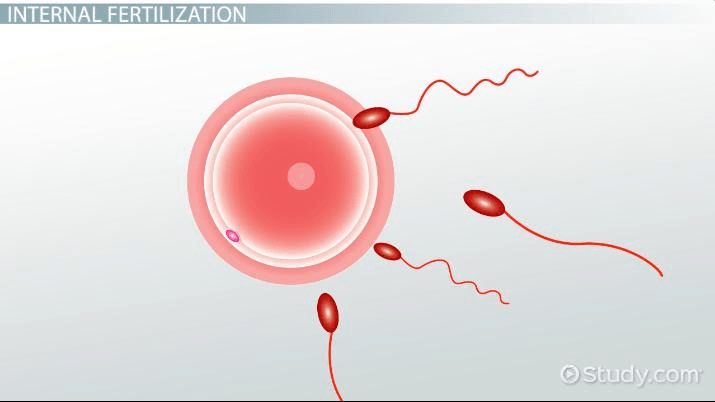
What are four types of evidence for evolution?

1. Genetic Sequences *most important*
2. Fossils
3. Anatomy
4. Embryology
What do primary consumers eat?
Producers, plants
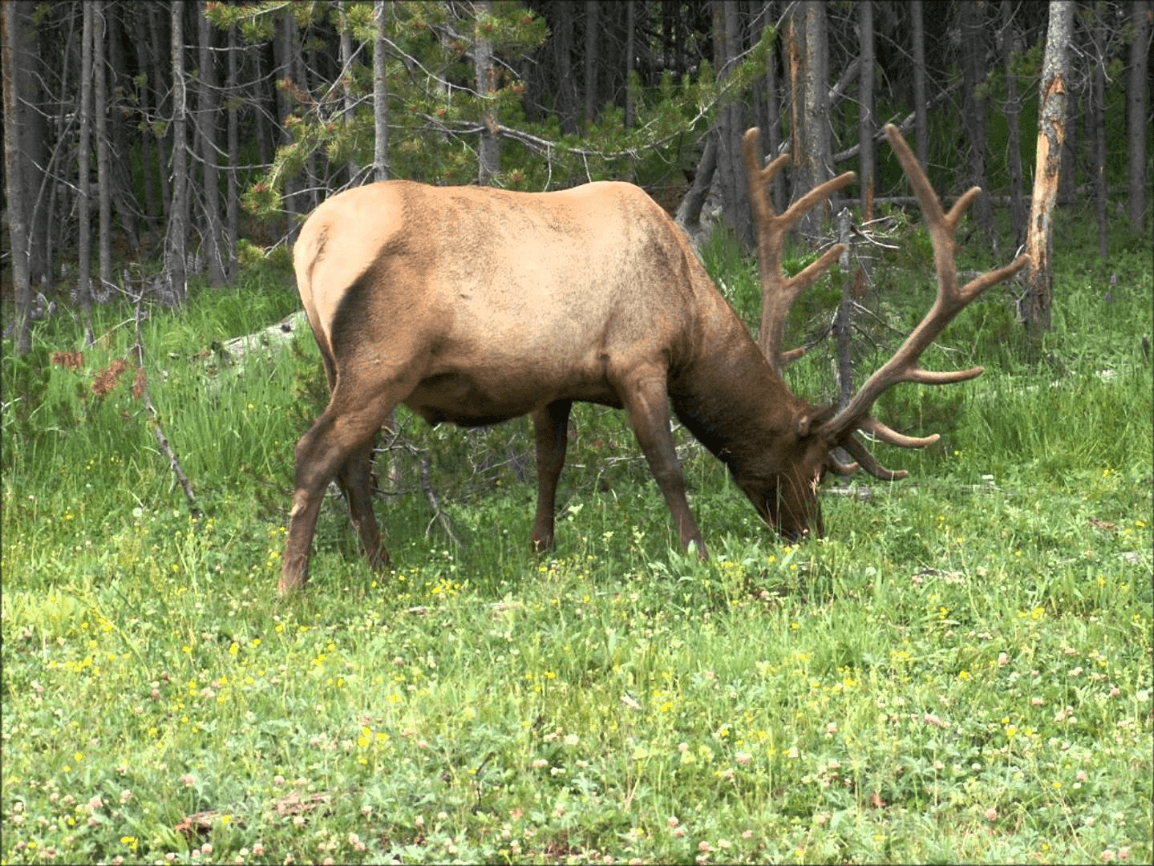
What are two examples of nucleic acids? What is the function?
DNA, RNA, store genetic information

3 important words about mitochondria are:
1. Energy
2. ATP
3. Cellular Respiration
Using A and a write the genotypes of:
1. homozygous dominant
2. heterozygous
3. homozygous recessive
1. AA
2. Aa
3. aa
1. What is an immediate reaction of the respiratory system to exercise?
2. What is an immediate reaction of the circulatory system to exercise?
3. These are examples of?
1. Breathing rate increases
2. Heart rate increases
3. Homeostasis
Are animals in the same phylum or the same family more closely related?
Family.
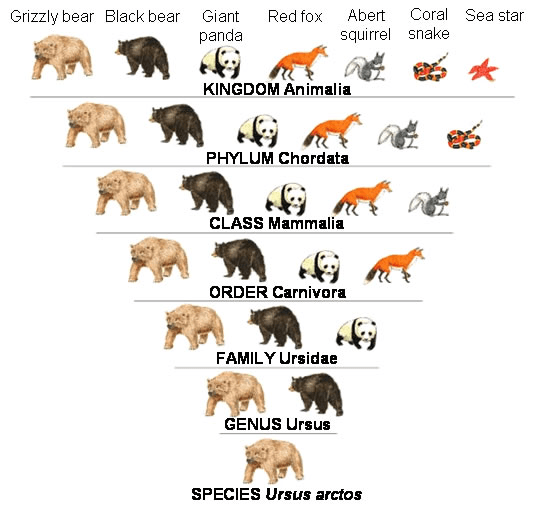
Birth increases a population size. Death decreases a population size. What are 2 other factors?
Immigration increases the population size.
Emigration decreases the population size.
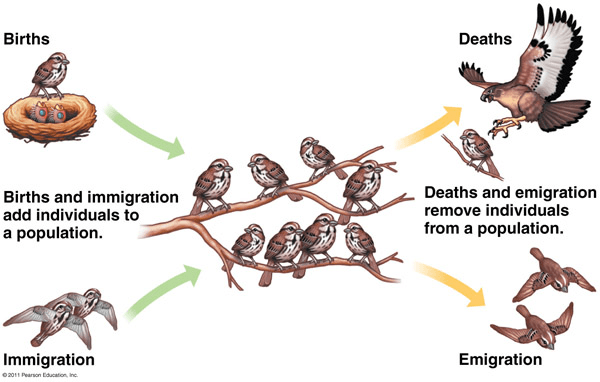
What are proteins made of?
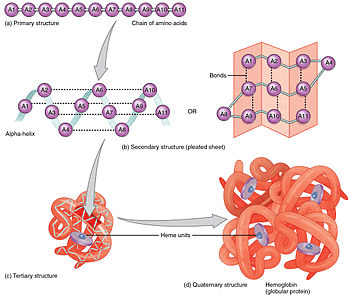
Amino acids!
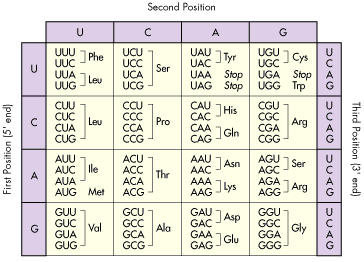
What are three differences between plant and animal cells?
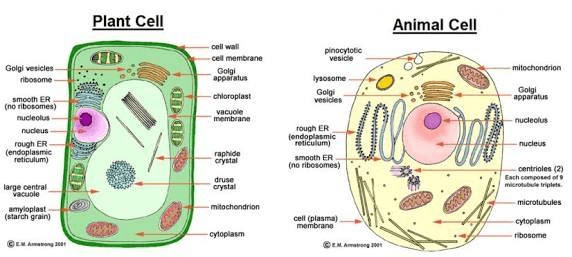
Plants have:
1. Large central vacuole
2. Cell Wall
3. Chloroplasts
In guinea pigs, the allele A is dominant for rough hair. a is recessive for smooth hair. Two heterozygous guinea pigs are crossed. Write the genotype and the phenotype ratio of the offspring.

Genotype ratio- 1 AA: 2 Aa: 1 aa
Phenotype ratio- 3 rough hair: 1 smooth hair
What structure transmits information from the brain to the motor neurons?
The spinal cord.

Fossils are evidence that two organisms have a ______ _______.
Common ancestor!
A bee eats nectar and pollinates flowers. What is this an example of?
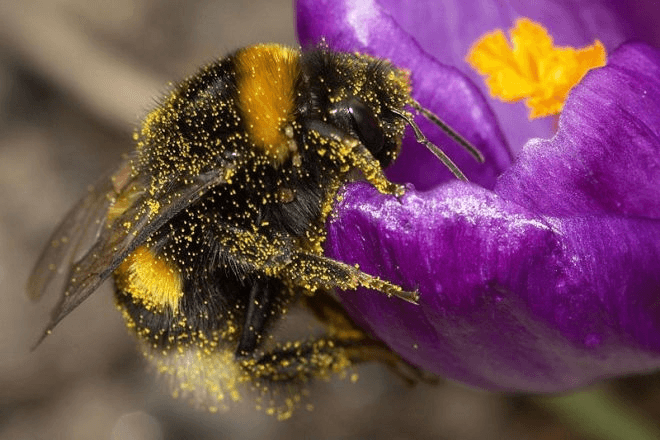
Mutualism. They both benefit!